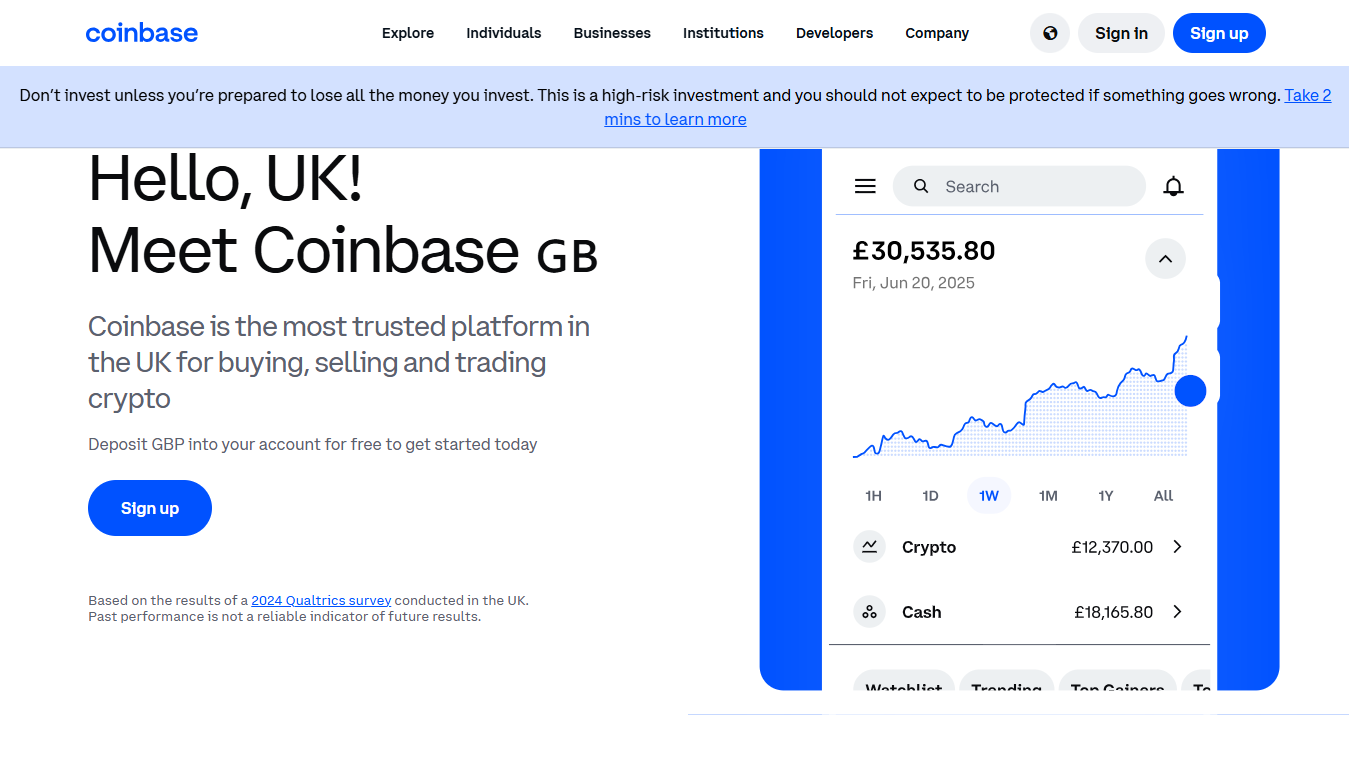
This guide explains how to protect an exchange account using strong credentials, hardware-backed authentication, careful phishing detection, disciplined device hygiene, and a clear incident response plan. It is intended to help individuals and teams reduce the risk of unauthorized access to trading accounts and digital assets.
A secure account begins with a unique, high-entropy passphrase stored in a reputable password manager. Avoid short or reused passwords. Passphrases of several words or a generated password with sufficient length and complexity significantly increase resistance to brute-force and credential stuffing. Where possible, enable account-level protections such as password strength enforcement and breach monitoring alerts to detect reused credentials exposed in third-party data leaks.
Multi-factor authentication dramatically reduces the risk of account takeover. For the strongest protection, use hardware security keys that support WebAuthn/FIDO2. These devices require physical presence for each login and are resistant to phishing. If hardware keys are unavailable, use an authenticator app (TOTP) rather than SMS; SMS-based codes are vulnerable to SIM-swapping attacks. Wherever the exchange supports it, register a hardware key as the primary MFA method for sign-in and critical account changes.
Phishing attempts remain the most common path to credential loss. Never click authentication or account links from unsolicited emails or messages. Navigate to the exchange only via a trusted bookmark or by typing the exact domain into the address bar. Inspect emails for warning signs such as slight misspellings of sender domains, requests for codes or secrets, or unusual urgency. Confirm TLS by checking for a valid HTTPS lock and, when in doubt, contact support through an independently verified channel.
Use a dedicated browser profile for financial activity and limit extensions that can inject or modify web content. Keep the operating system, browser, and any security tools updated. Avoid performing critical account tasks on public or shared devices. Periodically review active sessions, authorized applications, and API keys from the exchange’s security panel and revoke any items that are no longer needed or that appear unfamiliar.
Persistent sessions increase convenience but also exposure. Prefer shorter session lifetimes and require re-authentication for sensitive operations such as withdrawals or contact detail changes. Use device registrations thoughtfully and remove trust from devices you no longer control. For high-value accounts, design session policies that require hardware MFA for withdrawal attempts and for security setting changes.
If you suspect unauthorized access, act quickly. From a secure device, change your account password, revoke active sessions and API keys, and disable funding methods if the exchange supports it. Preserve timestamps and transaction IDs to provide to support teams. Contact the exchange’s verified support channels and follow their incident guidance; do not share recovery phrases, private keys, or passwords with support or third parties. If funds move off-platform, document transaction details and escalate to law enforcement if necessary.
High-value custody benefits from separating hot trading wallets from cold storage and from applying role-based access controls and approval workflows. Limit API key permissions, restrict withdrawal addresses, and adopt multisignature or hardware custody for long-term holdings. Institutional accounts should implement periodic audits, independent monitoring, and a policy for rotating credentials and keys to limit exposure from insider or developer mistakes.